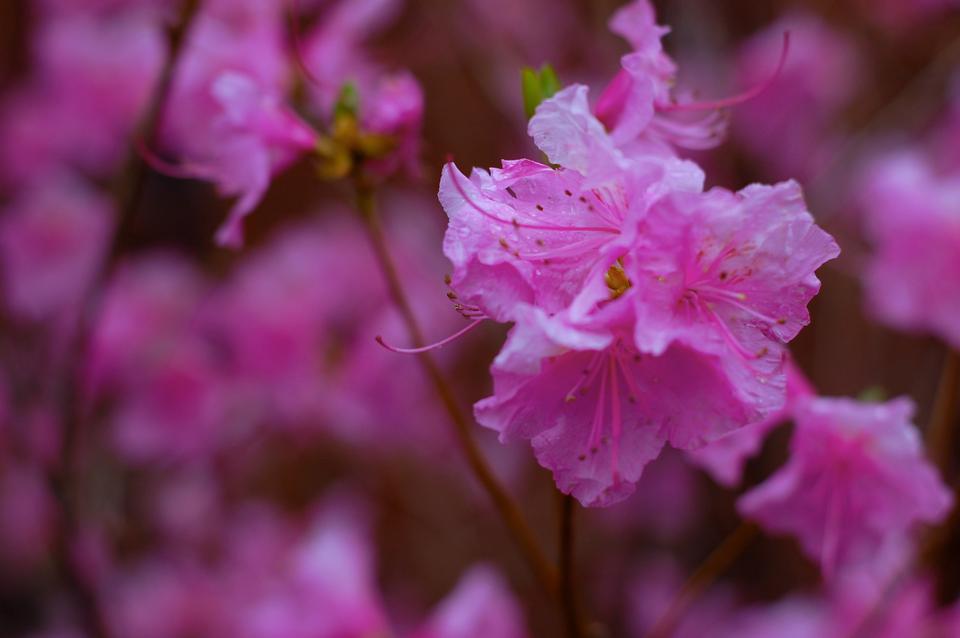"4-D" Printed Flowers: The Secret to Valentine's Day Success?
In the not-too-distant future, there may be some relief for a forgetful Valentine. Any lovelorn lout who comes home without flowers will have a quick fix: they can print them.
Scientists at the School of Engineering and Applied Sciences have pioneered this new “4-D” printing technique, creating printed flowers that, like the real ones, swell and change shape and over time (the fourth of the “D’s,” for those of you who still haven’t taken an SPU) when placed in water.
What’s the secret to the printed flowers? A special kind of “ink.”
While traditional 3-D printing techniques uses plastic filaments, 4-D printing uses hydrogel composite ink to allow for the water saturation that happens to real petals, leaves, and stems. The work was pioneered by Jennifer Lewis, who was familiar with these new types of 3-D printing ink and wanted to see if they could use them to mimic flowers. She partnered with SEAS professor Lakshminarayanan Mahadevan to reverse engineer the way that flowers react to time and water.
Unfortunately, the printed flowers aren’t going to get anybody out of buying the real thing any time soon. According to SEAS and Applied Math Professor Mahadevan, the printed orchids are tiny: only millimeters wide.
While the flowers may be pretty, the techniques that researchers developed also have pretty serious applications. The research could be important for fields like biomedical and tissue engineering. This might explain why the Army Research Office and the National Science Foundation’s Materials Research Science and Engineering Center were funding tiny flowers...but with Valentine’s Day just around the corner, maybe the Army is just hedging their bets.


